Generation of Computer
- Get link
- X
- Other Apps
CHAPTER 5
Generation of Computers
Lesson Overview
We are now in the age of
Science and Technology. In this age, everything is being developed and many new
things are being invented. Likewise, computer is also being developed and being
advanced everyday with new functions. This continuous developing process of
computer from time to time is known as generation of computer.
There are generally five
generations of computer till now. The names of the five generations of computer
are given below:-
I.
First (1st)
Generation of Computer (1946 AD-1959 AD)
II.
Second (2nd)
Generation of Computer (1959 AD-1965 AD)
III.
Third (3rd)
Generation of Computer (1965 AD-1971 AD)
IV.
Fourth (4th)
Generation of Computer (1974 AD-1981 AD)
V.
Fifth (5th)
Generation of Computer (1981 AD-forward)
In first generation of computers, Vacuum Tube as CPU, magnetic drum for data storage and machine language were used for giving instruction. The computers of this generation were large in sizes. The programming of this generation computers were done in machine language (0s and 1s). After some period of time, assembly languages were developed and were used in first generation computer. ENIAC, EDVAC, etc. are the examples of first generation of computer.
Some features of this generation of computer are given below:-
Ø Technology used – Vacuum Tube.
Ø Punch card, printing devices, etc. was for data
input/output operation and to store the result.
Ø It occupied very large space, slow processing,
inefficient and unreliable due to low accuracy.
Ø Power consumption was very high.
Ø It got heated fast while using it.
Second Generation of Computer
Some features of this
generation of computer are given below:-
Ø Technology used – Transistor.
Ø Reliable in comparison to first generation.
Ø Consume less electricity than first generation of
computer.
Ø Generated less than first generation of computers.
Ø Supported both assembly and machine language.
Third Generation of Computer
Some features of this generation
of computer are given below:-
Ø Technology used – Integrated Circuit.
Ø Multi programming facility was developed.
Ø High-Level languages like FORTAN, BASIC, etc. were
used to develop program.
Ø Monitor and Keyboard were developed for data
input/output.
Ø Size, cost, power consumption and heat generation
decreased.
The invention of
microprocessor chip marked the beginning of the fourth generation of computer.
Semi-conductors memories replaced magnetic core memories. The invention of
microprocessor led to the development of microcomputer or personal computer. LSIC
(Large scale Integration)/ VLSIC (Very Large Scale Integrated Circuit) was used
as its main computer. STAR-1000, CRAY-X-MP, PDP-11 etc. are some examples of
fourth generation of computer.
Some features of fourth
generation of computer are given below:-
Ø Technology used - Microprocessor.
Ø Very small in size.
Ø Generated very less heat.
Ø Reliable and very powerful.
Ø It can very large amount of data and information.
Fifth Generation of Computer
Some features of fifth generation of computer
are given below:-
Ø Technology used – AI/ULSIC.
Ø Development of natural language processing.
Ø Advancement in parallel process
Ø Availability of very powerful and compact computer
at cheap cost.
Ø Advancement in super conductor technology.
1.
Fill in the blanks:-
a.
The technology
used in first generation computer is ________.
b.
The continuous
developing process of computer is known as ________
c.
_____________.
d.
The full form
of ULSIC is ________________________.
e.
STAR-1000 is an
example of ________generation of computer.
2.
Write the full form of:-
IT, IC,
AI, ULSIC, VLSIC, LSIC
3.
Answer
these questions:-
a.
What is first
generation of computer? Write its example.
b.
What was the
technology used in second generation of computer?
c.
Write any four
features of third generation of computer.
d.
Write three
differences between fifth and fourth generation of computers.
e.
What is AI?
f.
Which
generation of computer is used in your school lab? Write its function to prove
it.
4.
Write short note on:-
a)
Fourth Generation of Computer
b) Fifth Generation of Computer
- Get link
- X
- Other Apps
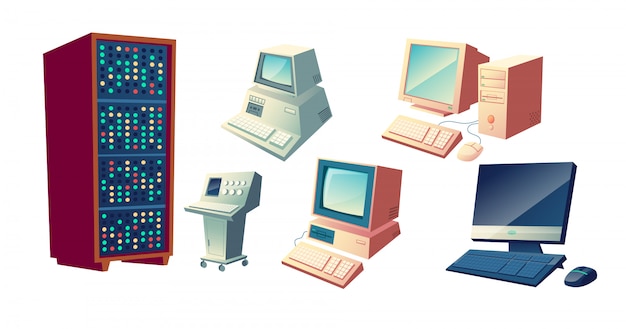
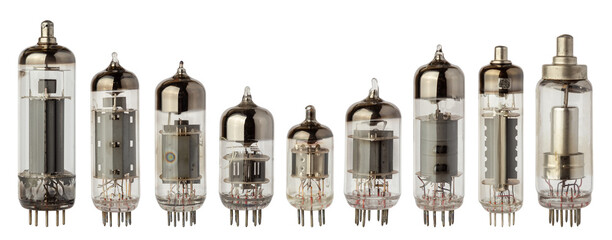
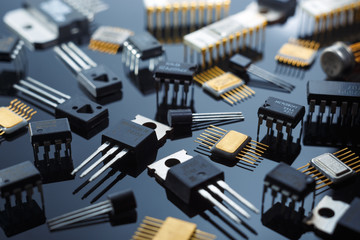
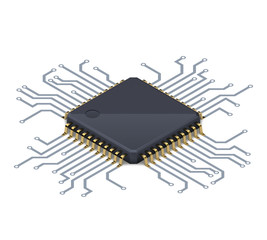
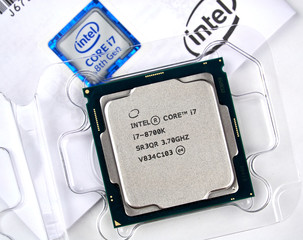
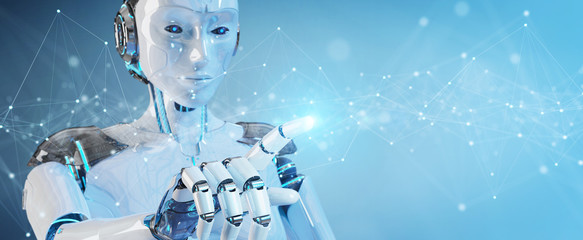
Comments
Post a Comment